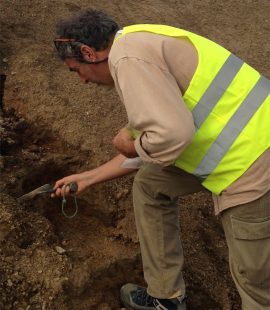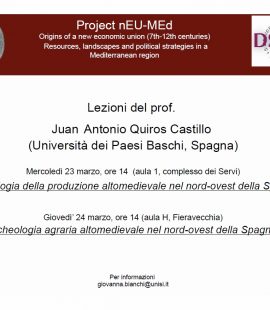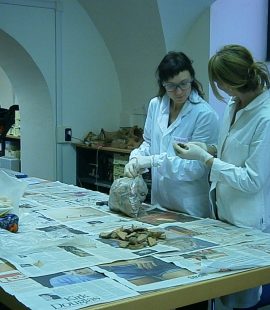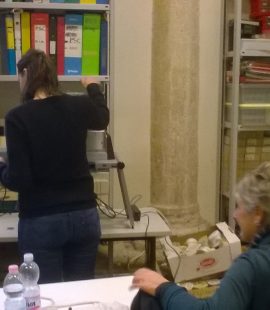Archaeometallurgical Analyses of materials from Vetricella: preliminary results
Many fragments of iron slag have been found during surface surveys at Vetricella. Most of them, according to their typical plane or plano-convex shape – could be interpreted as smithing slags, and are constituted by variable proportions of fayalite (Fe2SiO4), wüstite (FeO), magnetite (Fe3O4), iron oxyhydroxides and quartz.
A few small iron bars have also been recovered: metallic iron is still present in the bar core, surrounded by a thick patina of alteration products (magnetite, maghemite and iron hydroxides: XRD analysis). They could represent the final products of smithing activity…… Read More







